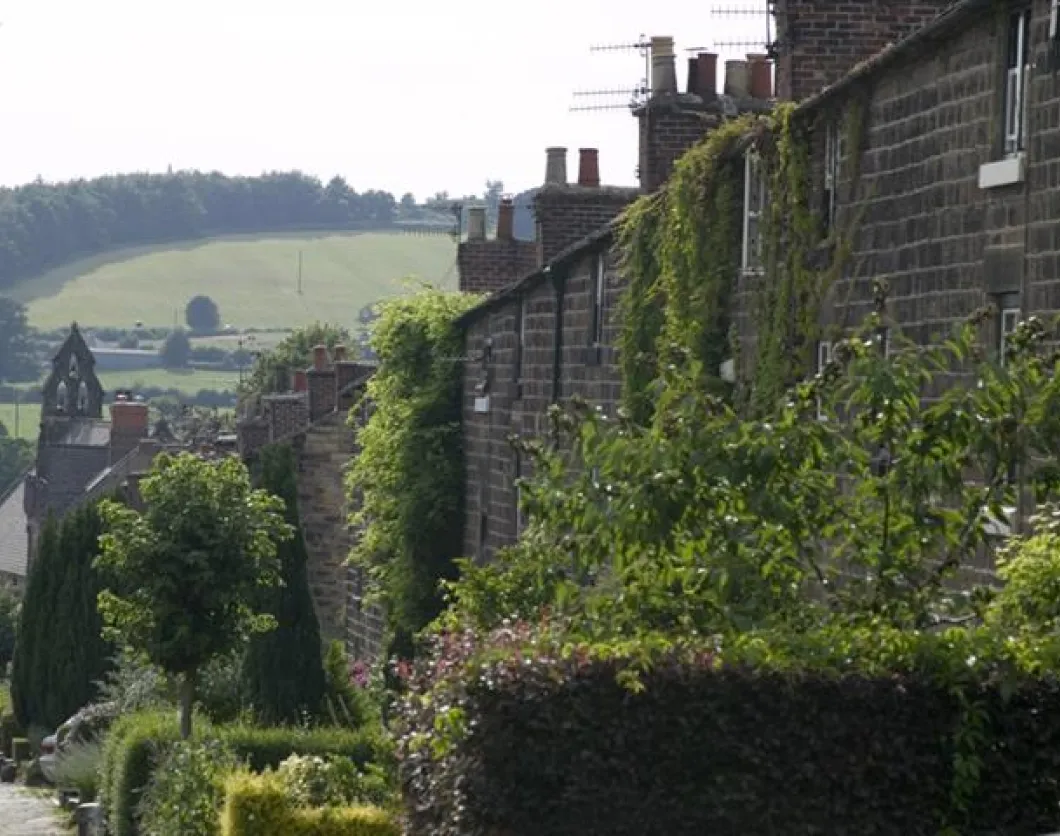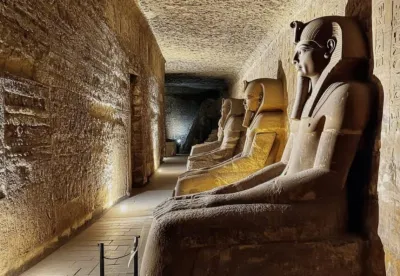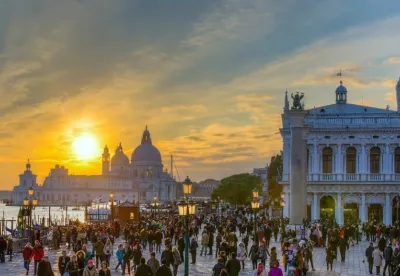The beautiful Derwent Valley lies close to the UK’s Peak District and is significant in world history as the birthplace of the factory system, when new types of building were erected to house ground-breaking technology for water-powered manufacturing. The system developed here was copied across the globe which is why the Derwent Valley Mills were inscribed on the UNESCO World Heritage List in 2001.
Cromford Mill, at the north end of the site, is one of the best starting points for understanding the Derwent Valley story. It was at Cromford in the 18th century that Richard Arkwright devised modern factory production techniques. The site is undergoing restoration by the owners, the Arkwright Society. At Cromford, the viewing platform in the mill yard will give you a great view of water gushing through the wheelpit – you get a real sense of water power.
A short walk away are Sir Richard Arkwright’s Masson Mills, built in the 18th century on the banks of the Derwent, designed to reflect the grandeur of its river gorge setting. Masson Mills now house a working textile museum and shopping village. Visitors experience the atmosphere of a working 18th century cotton mill with machines filling the building with their clattering sound.
In Cromford village, North Street contains the first industrial housing in the world. Across the A6, beyond Cromford Mill, is Willersley Castle, built as a ‘mansion house’ for Arkwright and now a hotel. It has a spectacular landscape setting.
Walking south from Cromford, take the Cromford Canal towpath from which you’ll see a rich diversity of wildlife. You’ll soon reach High Peak Junction with its early railway workshops housing a small museum. Nearby is Leawood Pumphouse, which can occasionally still be seen in action, pumping water from the Derwent into the canal.
Further south is Belper, home to the North Mill, one of the world’s first fireproof buildings. William Strutt used cast iron instead of timber for the internal structure, a major step in the use of metal in building construction, which eventually led to the modern-day skyscraper. Here the world’s second water-powered cotton-spinning mill – and many others – were built by William’s father Jedediah. Belper North Mill now houses a museum and visitor centre.
Well worth seeing in Belper is the Georgian horseshoe weir built to create a head of water to power the mills. The red-brick East Mill is prominent – a 1912 steel framed building. Nestling at the side of the East Mill are the River Gardens created by George Herbert Strutt which provide an attractive setting for Sunday concerts and boating on the river in the summer.
Whilst in Belper, take a look at the community built for the Strutt workers, but like in Cromford, remember these are people’s homes – please don’t stare in windows or knock on doors! A walk up Long Row and back through the Clusters shows the best features. If you stand on the railway bridge in Long Row you can see the railway cutting which slices through the town, spanned by eleven bridges.
Heading south, you reach Milford, where Strutt‘s mills have now been demolished, but you can still walk around the village and see dozens of millworkers’ houses. Further south, on the approach to Derby, are the Darley Abbey Mills, now used for light industry. Although the mills aren’t open to the public, the millworkers’ housing can still be seen and nearby is Darley Park, offering an attractive walk into Derby city centre.
After the park ends, you soon arrive at the Silk Mill, arguably the world's first factory. The layout of the mill was a model for the later textile mills built for Arkwright and partners 50 years later. The Silk Mill is now home to Derby’s Museum of Industry and History.
The Derwent Valley is by no means just about mills and industry. It is one of the most important locations for wildlife in Derbyshire, and where much of the county’s ancient woodland is located. The Heritage Way walking route offers walkers a chance to see the many facets of the valley, from the gentle lowlands in the south to the dramatic cliffs north of the World Heritage Site, as well as the river itself.
By Adrian Farmer









